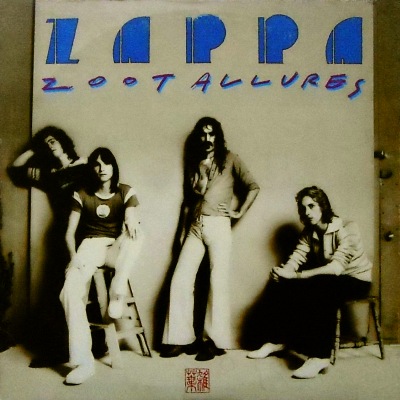In the history of music many masterpieces are clearly unappreciated while many are just over-valued. Some works are more significant in public memory than it’s justified by their technical and artistic importance. Some of these works are even not finished. Most famous work by Wolfgang Amadeus Mozart, the legendary Requiem can be seen as a kind of failure. Composer started work with ambitious solutions exceeding stylistic formulas of this time. He probably stopped composing his missa pro defunctis few months before his death. Maybe the romantic legend of Mozart composing Requiem on deathbed has contributed to the consolidation of the myth of the last masterpiece and artistic testament of genius composer. Any of his last concertos, symphonies or operas is finished masterpiece. The fact Requiem is legendary reveals the rules that govern public awareness.
Only half of musical material for whole requiem mass cycle was completed by Mozart himself. The task of the completion Constance entrusted to his deceased husband’s disciple and friend Franz Xaver Süssmayr who made every effort to finish the work in Mozart’s style. The widow forced Süssmayr to swear, he will not disclose who completed the work. The reason was common. Constance wanted to receive the remaining portion of the agreed remuneration from Count Franz von Walsegg. Although Süssmayr was proficient composer, he was not even close to Mozart’s musical invention and in place of missing fragments he inserted the repetitions of some other fragments. In fact he did the best he could preserve as much of Mozart without destroying his ideas.
Only half of musical material for whole requiem mass cycle was completed by Mozart himself. The task of the completion Constance entrusted to his deceased husband’s disciple and friend Franz Xaver Süssmayr who made every effort to finish the work in Mozart’s style. The widow forced Süssmayr to swear, he will not disclose who completed the work. The reason was common. Constance wanted to receive the remaining portion of the agreed remuneration from Count Franz von Walsegg. Although Süssmayr was proficient composer, he was not even close to Mozart’s musical invention and in place of missing fragments he inserted the repetitions of some other fragments. In fact he did the best he could preserve as much of Mozart without destroying his ideas.
The effect of Süssmayr’s straight repetitions
is weak dramatic tension in later parts of the cycle. The apprentice sacrificed
his own ambitions to save the clarity of master’s invention. Such operation
gives him a chance to save Mozart’s work. Nonetheless, the best performers can create
the balance and develop the deeper dramatics of musical form. There are many internationally
acclaimed recordings of Wolfgang Amadeus Mozart’s Requiem D minor KV 626, but the one recorded by Daniel Barenboim
with English Chamber Orchestra and John Alldis Choir is the rendition perfectly
catching best proportions. Released by EMI His Master’s Voice label in 1972 (C
065-02 246), this is one of most emotionally engaging performances, and
probably the one closest to stylistic paradigm of mature classicism of 1790’s.
Featured part of artistic team in Requiem is choir. Mozart gave choral parts even more weight than Handel whose oratorios were the model for classical composers. Also Chorus lead by John Alldis gives conductor full volume of vocal expression and Daniel Barenboim knows how to use it. English Chamber Orchestra played perfectly which is highly expected considering this orchestra was established to play Mozart’s music. Barenboim had also quartet of brilliant soloists – strong but subtle soprano of Sheila Armstrong, great deep mezzo-soprano of Janet Baker, clearly light tenor of Nicolai Gedda and beautiful lyrical baritone of Dietrich Fisher-Dieskau – all soloists work as one team in a rare classy performance. Every musician here is on his or her place. Barenboim leading perfect choir and perfect orchestra build this performance like it was completed by Mozart himself. The idea of taking the composition as a complete piece of art is good starting point but the way he made this mass sounds so much coherent is the secret of his great artistry.
Featured part of artistic team in Requiem is choir. Mozart gave choral parts even more weight than Handel whose oratorios were the model for classical composers. Also Chorus lead by John Alldis gives conductor full volume of vocal expression and Daniel Barenboim knows how to use it. English Chamber Orchestra played perfectly which is highly expected considering this orchestra was established to play Mozart’s music. Barenboim had also quartet of brilliant soloists – strong but subtle soprano of Sheila Armstrong, great deep mezzo-soprano of Janet Baker, clearly light tenor of Nicolai Gedda and beautiful lyrical baritone of Dietrich Fisher-Dieskau – all soloists work as one team in a rare classy performance. Every musician here is on his or her place. Barenboim leading perfect choir and perfect orchestra build this performance like it was completed by Mozart himself. The idea of taking the composition as a complete piece of art is good starting point but the way he made this mass sounds so much coherent is the secret of his great artistry.







